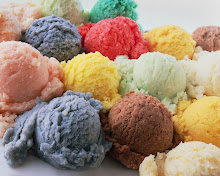
In the depths of the ocean, one probably wouldn't imagine discovering a sea creature with rocks as eyes. Surprisingly, you could find sea mollusks with calcium carbonate crystal eyes underwater somewhere. This mollusk with many eyes was actually found a few decades ago, but scientists were not sure what the eyes were made of or whether they could see properly. "It turns out they can see objects, though probably not well," researcher Daniel Speiser states. These fascinating creatures are known as chitons. Even though they were actually living on the Earth for the past five hundred million years, chitons didn't have these eyes until about twenty-five million years ago. They most likely had evolved in order to be able to determine their surroundings and defend themselves from predators. Researchers decided to study some three-inch West Indian fuzzy chitons to figure out how they defend themselves. They used hovering discs to see the chitons' reactions. They only seemed to clamp down when the hovering discs were one inch or larger. The researchers are still not too sure whether they were only responding to the removal of light. Still, the mollusks were able to see just enough to react. They have the same abilities in water and air, so they must be able to see underwater. These creatures are still to be further researched, and so far their abilities are interesting to think about.
http://www.livescience.com/13713-primitive-sea-creature-rock-eyes.html









